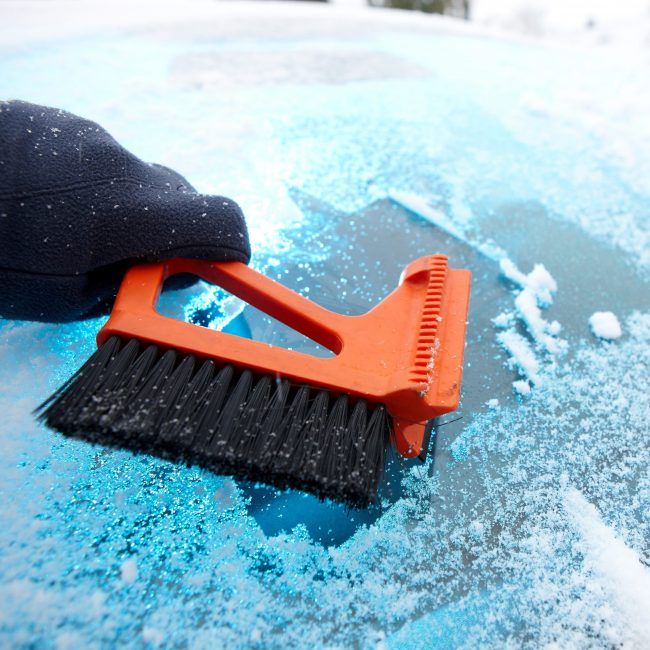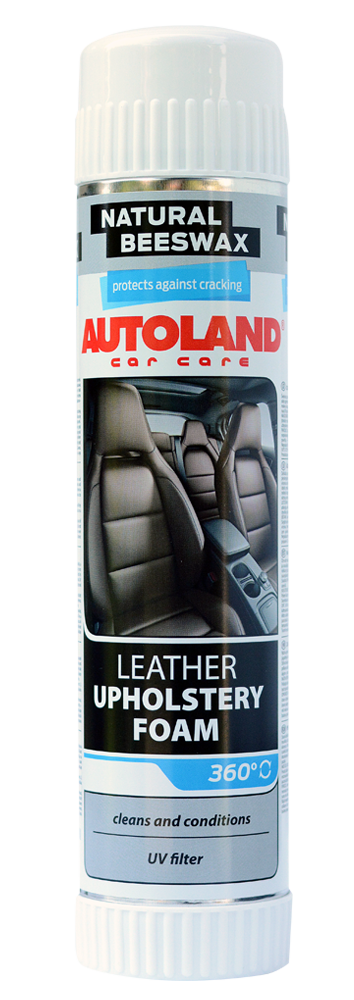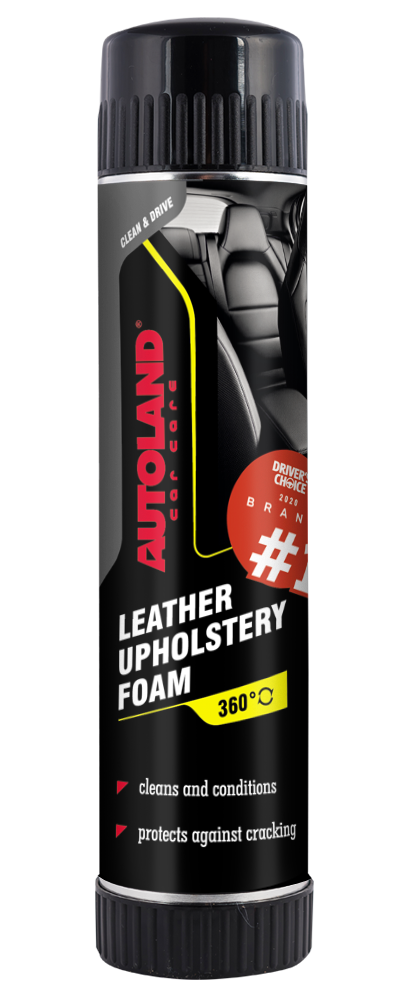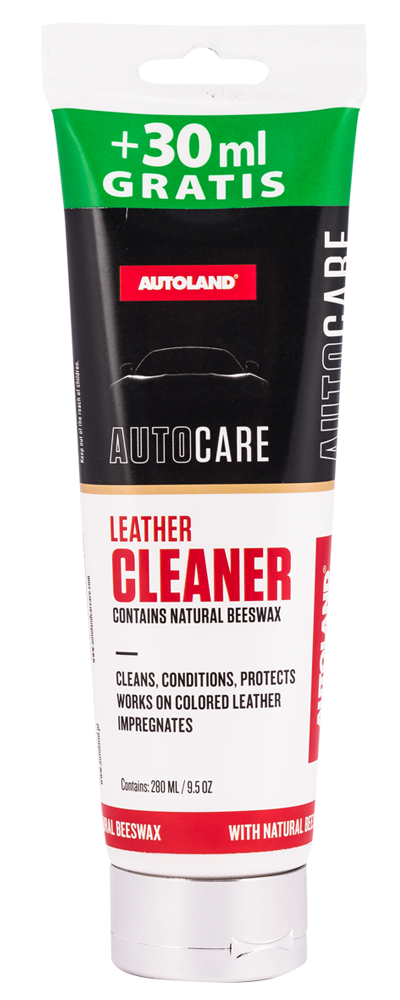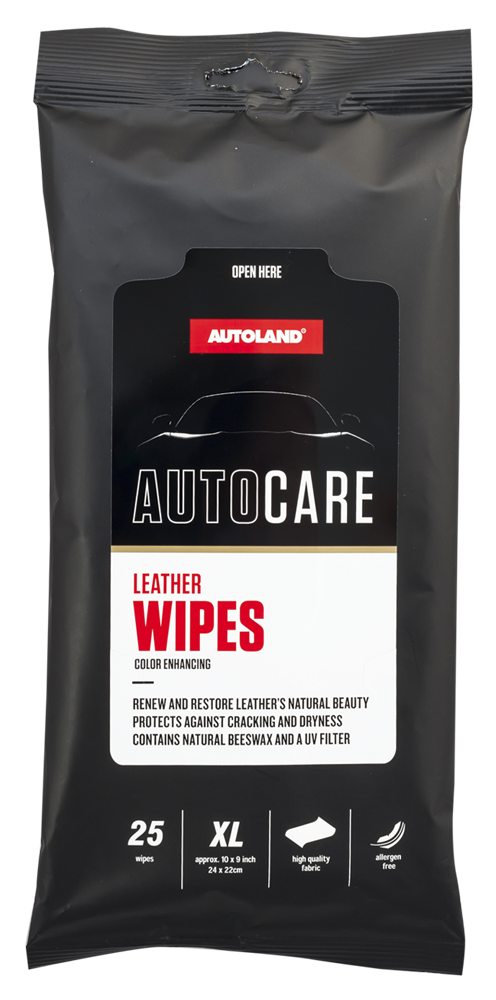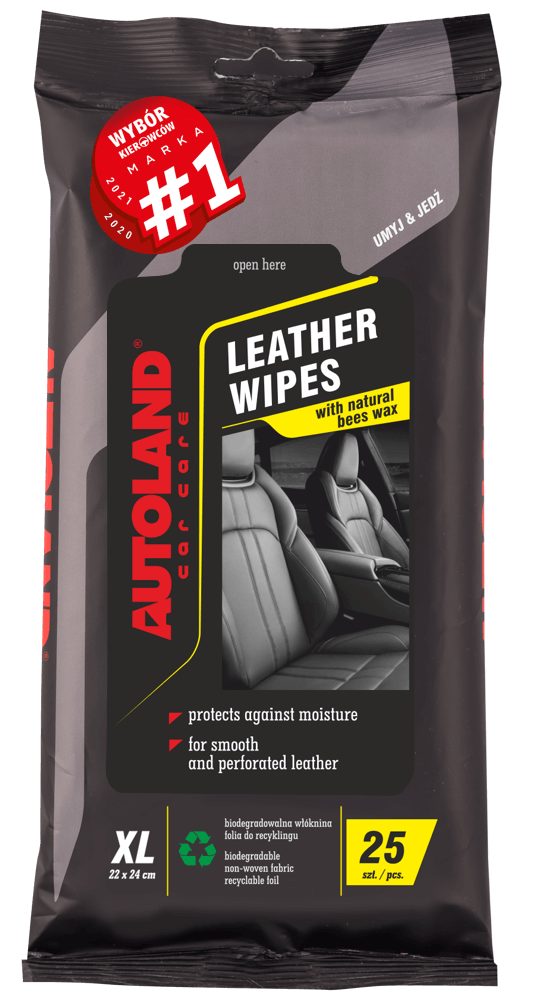Topics:
- Leather upholstery in the car: how to care for it and what not to do
Prevention is better than cure – this rule fully applies to the leather in your car. Striking, luxurious, durable, but also a bit whimsical. How to take care of the leather in the car, which products to use and what not to do?
Leather upholstery is associated with premium cars – both luxury and sports. Nowadays it still requires a considerable extra charge, but in return it offers an attractive appearance, is pleasant to the touch and is easy to clean – you can easily remove spilled liquid or vacuum up dog hair. Of course, leather has its drawbacks: it heats up in the summer and can be “freezing” in the winter…
Unfortunately, these are not all the disadvantages of leather. Even the most durable elements made of this material are not indestructible: they get damaged from getting in and out, from improper clothing or jewellery. Can lose their firmness and begin to discolour with age. Many of these problems can be prevented with regular leather care. Cleaning and maintenance allows to remove dirt on an ongoing basis, preventing accumulation and sticking. At the same time provides the leather elements with continued flexibility – resulting in resistance to mechanical damage and fading due to UV radiation.
Cleaning and care of leather upholstery
Although leather covers not only the seats in your car, but also the steering wheel, armrest, internal door trim and gear stick knob and cover, its proper impregnation will not take more than 30 minutes. It’s a good idea to do it once a month, with a minimum of once a quarter. In both summer and winter, the leather is subjected to different issues. During winter it is exposed to large temperature fluctuations and increased abrasion, while in summer it comes into contact with human sweat.
[produkt_1]
The best compromise between time, cost and effort are the “2 in 1” types of leather care , which both clean and protect leather upholstery. We recommend two of our products, foam and cream. Both remove dirt and greasy deposits, while at the same time creates a protective layer against the adverse effects of human sweat. Contains, among other ingredients, natural beeswax and a UV filter to protect against fading. Moreover, do not leave an unpleasant and dangerous slippery residue. They have another useful advantage…you can clean and maintain household furniture with them too!

We recommend to apply the foam (as well as all other leather care) on a soft clean cotton cloth or microfibre applicator, not directly on the surface to ensure surrounding surfaces are kept clean.
Especially easy and pleasant to use is the foam, which you just need to spray on a clean cotton cloth or fine microfibre (preferably one that feels like suede – it will be the most gentle to the leather). Lightweight foam is great for perforated surfaces – as it will not clog them.
[produkt_2]
Caution! First, apply the product onto vacuumed seats. This should be done carefully, using the appropriate vacuum tip (preferably soft); to pick up crumbs, hair and other small debris from nooks and crannies, pull the upholstery taut while vacuuming. Second, do not spray the foam directly onto the upholstery to keep surrounding elements clean. Third, do not rub the microfibre too hard and too vigorously; the movements should be careful and the pressure should be medium. If it is the first cleaning check the product compatibility on a hidden part of the element to be treated prior to use. The process itself is not demanding and time consuming: just wipe the surface of the leather and you are done.

Lightweight, efficient foam allows you to clean and waterproof leather upholstery very quickly.
An alternative to foam is leather cleaner and conditioner cream, which you also apply to a cloth. Its thicker consistency works better on dirtier surfaces, in which case a soft-bristled brush will also come in handy. After applying the cream, clean the leather with small circular movements, and then wipe the surface dry with a clean cloth (remember to use fine microfibre). This can be repeated if necessary. Importantly, both the cream and the foam are safe for heated and ventilated seats.
[produkt_3]

The thick cream cleans and protects the leather at the same time (it contains, among other ingredients, lanolin). A soft-bristled brush helps to remove stubborn dirt.
Autoland also offers products for express cleaning and protecting the leather – special wipes, available in both traditional and bio options (made of a biodegradable non-woven fabric, which decomposes over 90% within 12 weeks after use). Handy to have in your car to quickly remove any unwanted spills and dirt, and also to regularly wipe the most often used elements such as steering wheel, gear knob, driver’s seat. The wipes as other products, also have beeswax content and do not leave a slippery film.
[produkt_4]

The smart way to instantly clean leather surfaces: leather wipes.
Leather upholstery: how NOT to clean, what NOT to do
Although leather upholstery is becoming more and more popular, stereotypes about it still persist – especially about cleaning and maintaining using home methods. Typical human skin cosmetics like hand cream can go rancid on it and lead to damage instead of nourishing and leaves an oily layer that can adhere and stain clothes).
Leather should not be cleaned with anything that can dry it (for example soap), or rubbed too vigorously as we risk discoloration.
By the way, it is worth mentioning what else is not car leather-friendly:
- clothing and accessories with sharp parts, e.g. zippers, sequins;
- jewellery (rings can cause scratches on the steering wheel and gear shift knob);
- leather clothing (leather jackets or belts may cause permanent discoloration);
- transporting tyres without using protection can leave permanent marks on your leather.
Also remember that regular travelling in dark denim stains the leather – if you wear such clothing, the seats need to be cleaned more regularly.
[produkt_5]
Damaged leather upholstery: repairing, re-colouring
Regular care and cleaning of the leather itself can do a lot, as shown, for example in the picture below:

On the left the same seat before and after cleaning the side of the seat. On the right mechanical damage (tear) to the leather that qualifies for professional repair.
Unfortunately, serious mechanical damage, such as holes or discolouration, already requires professional repair. Fortunately, the leather can be putty-treated and fully “resuscitated”.
Please consider advice from a professional company if your car’s leather is unrepairable by you. High quality repairing kits are available if you feel skilled enough to do-it-yourself. If not, leather upholstery repairs should be entrusted to professionals who have experience in restoring car leather of particular brands.
Może Cię również zainteresować:

